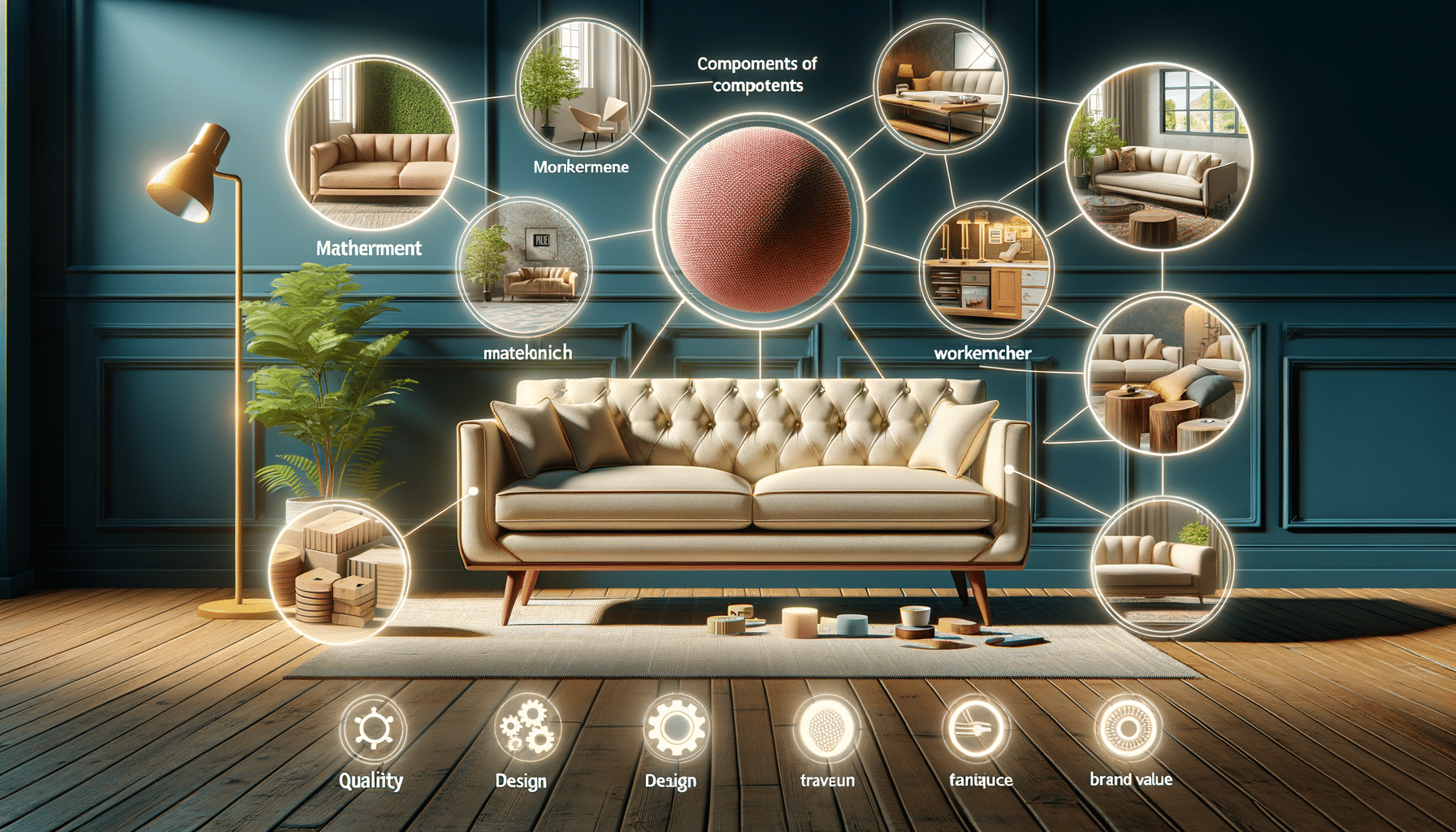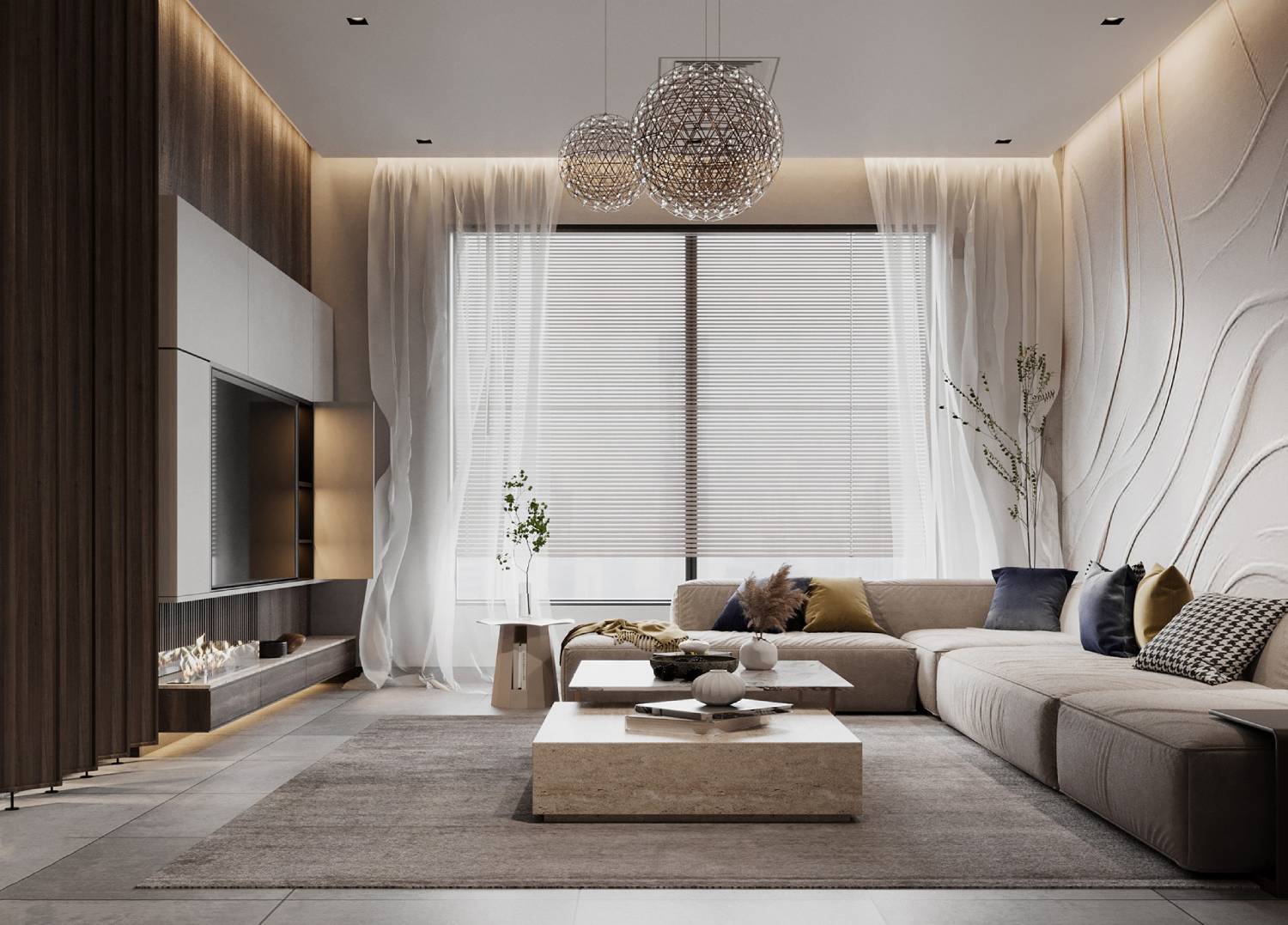
The components of sofa price
Introduction to Sofa Pricing
When shopping for a sofa, the price tag can often be a source of confusion. With so many different styles, materials, and brands, understanding what contributes to the cost of a sofa can be daunting. However, by breaking down the components of sofa price, consumers can make more informed purchasing decisions. This article will explore the various elements that contribute to the overall cost of a sofa, providing insights into how each factor plays a role in determining its price. Whether you’re looking for a luxurious centerpiece for your living room or a practical addition to your home, understanding these components can help you find a sofa that fits both your style and budget.
Materials and Construction
The materials used in the construction of a sofa significantly impact its price. Sofas can be made from a variety of materials, including leather, fabric, wood, and metal. Each material comes with its own set of characteristics, affecting both the durability and aesthetics of the sofa.
Leather sofas, for example, are often considered a symbol of luxury and are priced accordingly. The quality of the leather, whether it’s genuine or synthetic, can greatly influence the cost. Genuine leather is more expensive due to its durability and natural appeal, while synthetic leather offers a more affordable alternative.
Fabric sofas, on the other hand, provide a wide range of options in terms of colors and patterns. The type of fabric, such as cotton, linen, or polyester, will affect the price. High-quality, durable fabrics tend to be more costly but offer better longevity and comfort.
Construction also plays a crucial role in the pricing. A well-constructed sofa with a solid wood frame and reinforced joints will generally cost more than one with a particleboard frame. The quality of the craftsmanship, including the stitching and upholstery, can add to the overall cost, reflecting the time and skill involved in its creation.
Design and Style
The design and style of a sofa are key components that influence its price. Contemporary designs with sleek lines and minimalist features may appeal to modern tastes, while traditional styles with ornate details and classic shapes might attract those with a preference for timeless elegance.
Custom-designed sofas or those created by renowned designers often come with a higher price tag. These pieces are typically crafted with attention to detail and may include unique features that set them apart from mass-produced options. The exclusivity and brand recognition associated with designer sofas can significantly increase their cost.
Additionally, the complexity of the design can affect the price. Sofas with intricate patterns, tufting, or additional features like reclining mechanisms or built-in storage will generally be more expensive. These design elements require more materials and labor, contributing to the overall cost.
Brand and Market Positioning
The brand of a sofa can have a substantial impact on its price. Well-regarded brands that have established a reputation for quality and luxury often charge more for their products. These brands invest in marketing, research, and development to maintain their status in the market, and these costs are reflected in the price of their sofas.
Market positioning also plays a role in pricing. Brands that position themselves as premium or luxury options will typically price their sofas higher to align with their brand image. Conversely, brands targeting budget-conscious consumers may offer more affordable options by compromising on certain materials or design elements.
It’s important to consider the brand’s warranty and customer service as part of the price. A higher price might include extended warranties or superior customer support, adding value to the purchase.
Conclusion: Making an Informed Decision
Understanding the components of sofa price can empower consumers to make informed decisions when purchasing a sofa. By considering factors such as materials, construction, design, and brand, buyers can better assess the value of a sofa relative to its cost. Whether prioritizing style, durability, or budget, knowing what contributes to the price can help find the perfect sofa for any home.
Ultimately, the right sofa is one that meets your personal preferences and fits seamlessly into your living space. By weighing these components, you can ensure that your investment in a sofa is both wise and satisfying.


